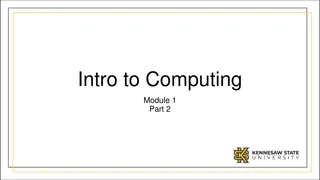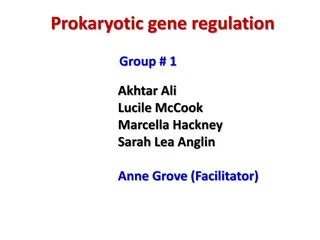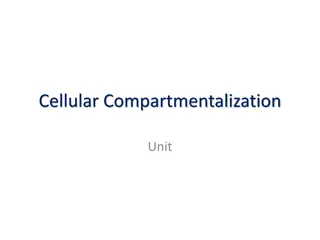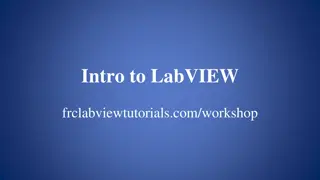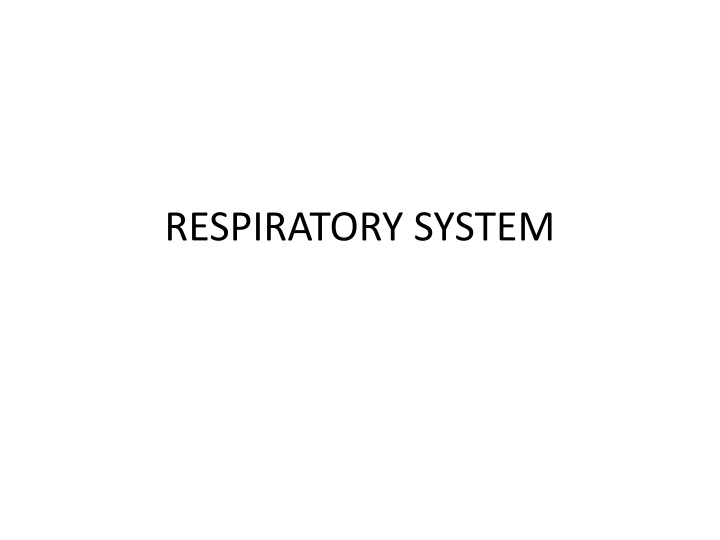
The Human Respiratory System
Explore the intricate workings of the respiratory system, from the exchange of gases to the functions of organs like the nose and pharynx. Learn how blood facilitates the transportation of gases in the body. Dive into the structures and functions that enable us to breathe efficiently.
Download Presentation

Please find below an Image/Link to download the presentation.
The content on the website is provided AS IS for your information and personal use only. It may not be sold, licensed, or shared on other websites without obtaining consent from the author. If you encounter any issues during the download, it is possible that the publisher has removed the file from their server.
You are allowed to download the files provided on this website for personal or commercial use, subject to the condition that they are used lawfully. All files are the property of their respective owners.
The content on the website is provided AS IS for your information and personal use only. It may not be sold, licensed, or shared on other websites without obtaining consent from the author.
E N D
Presentation Transcript
INTRODUCTION Blood provides the transport system for these gases between the lungs and the cells of the body. Exchange of gases between the blood and the lungs is called external respiration and that between the blood and the cells internal respiration.
The organs of the respiratory system are: nose pharynx larynx trachea two bronchi (one bronchus to each lung) bronchioles and smaller air passages two lungs and their coverings, the pleura muscles of respiration the intercostal muscles and the diaphragm.
NOSE AND NASAL CAVITY Position and structure The nasal cavity is the first of the respiratory organs and consists of a large irregular cavity divided into two equal passages by a septum. The posterior bony part of the septum is formed by the perpendicular plate of the ethmoid bone and the vomer. Anteriorly it consists of hyaline cartilage
Respiratory function of the nose The function of the nose is to begin the process by which the air is warmed, moistened and 'filtered'. Warming. Filtering and cleaning of air. Humidification. Olfactory function of the nose
PHARYNX Position The pharynx is a tube 12 to 14 cm long that extends from the base of the skull to the level of the 6th cervical vertebra. It lies behind the nose, mouth and larynx and is wider at its upper end.
Structures associated with the pharynx Superiorly the inferior surface of the base of the skull Inferiorly it is continuous with the oesophagus Anteriorly the wall is incomplete because of the openings into the nose, mouth and larynx Posteriorly areolar tissue, involuntary muscle and the bodies of the first six cervical vertebrae.
The pharynx is divided into three parts: nasopharynx, oropharynx and laryngopharynx. Structure The pharynx is composed of three layers of tissue: 1. Mucous membrane lining. 2. Fibrous tissue. 3.Muscle tissue
Blood and nerve supply By several branches of the facial artery. The venous return is into the facial and internal jugular veins. The nerve supply is from the pharyngeal plexus, formed by parasympathetic and sympathetic nerves. Parasympathetic supply is by the vagus and glossopharyngeal nerves. Sympathetic supply is by nerves from the superior cervical ganglia
Functions Passageway for air and food. Warming and humidifying. Taste. Hearing Protection Speech









